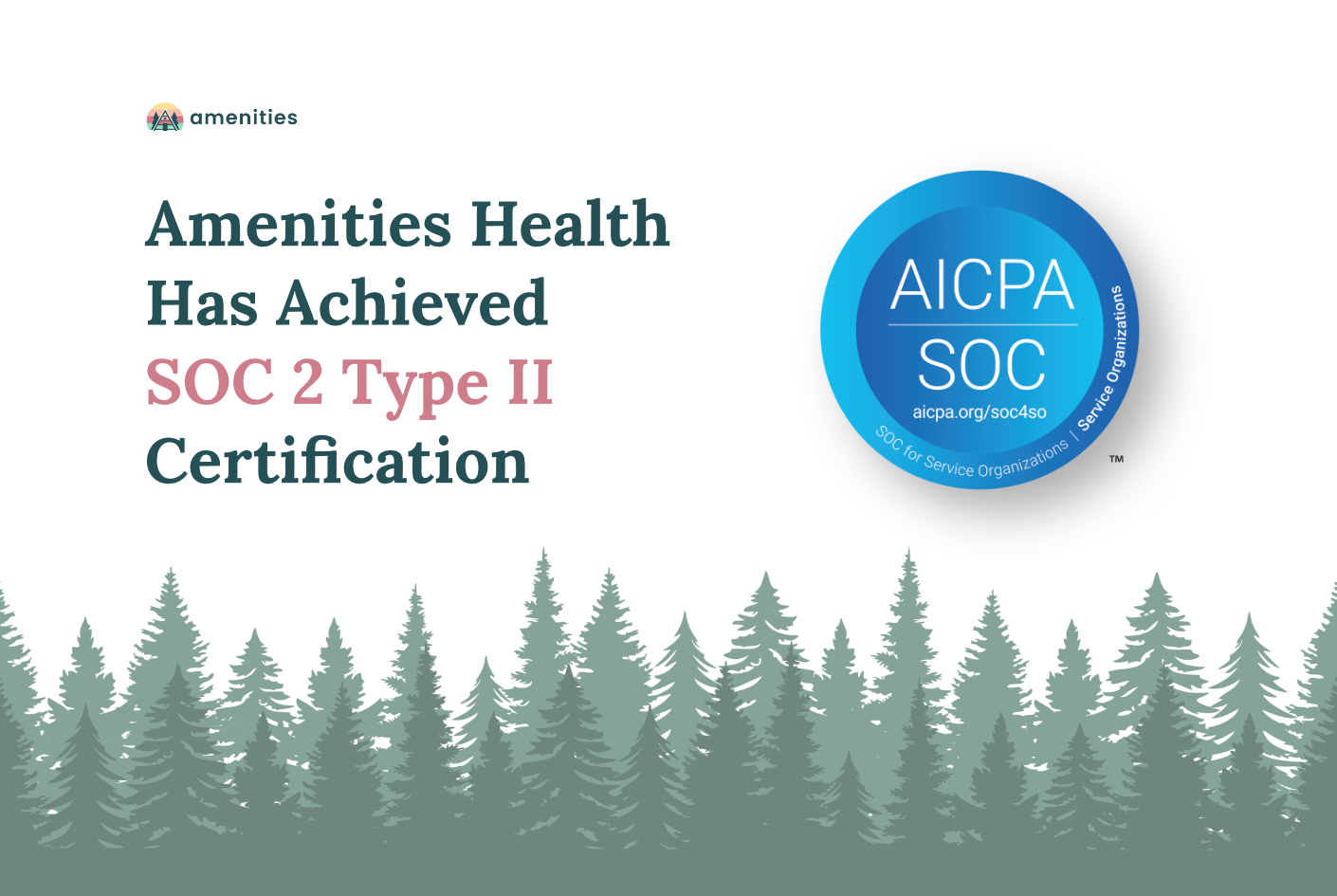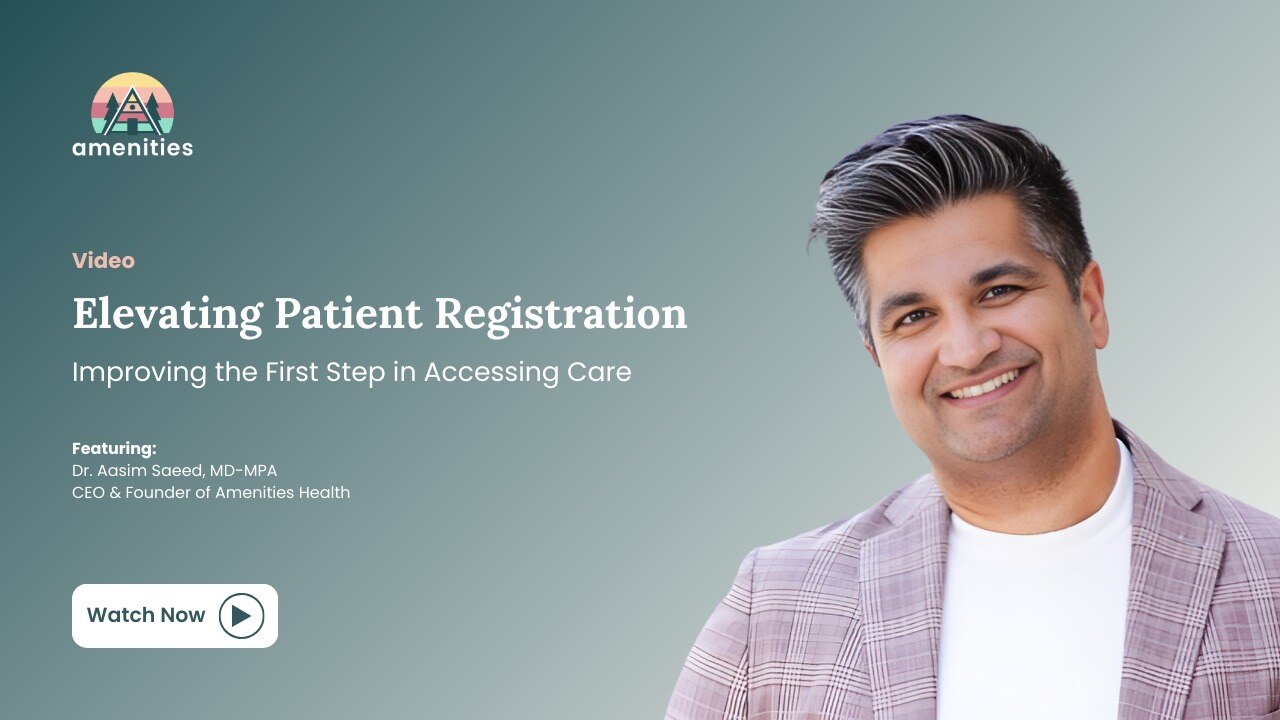If you want to book an appointment for a haircut, order a pizza, or buy a movie ticket, chances are that you’re going to do it online—or, better yet, via a mobile app. But if your child has spiked a fever or you want to get a mysterious rash checked out, you’re probably going to find yourself on the phone, on hold, hoping that your doctor has something available within a week.
It doesn’t have to be this way—and it likely won’t be for much longer. As an industry, healthcare has some significant cultural barriers standing in the way of change, but incumbents are increasingly facing competition from startups and outsiders (such as Costco and Amazon). By taking these five steps, health systems can enable effective online scheduling, creating a competitive edge for themselves and better meeting their patients’ needs.
1. Organize All Same-Day Care Options in One Place
Here’s a harsh reality that may hurt some doctors’ feelings: When patients aren’t feeling well, most of them don’t really care who their physician is, whether they work in urgent care or primary care clinic, or even whether the appointment is in person or by video. They just want to be seen as soon as possible. Instead of forcing patients to discover and compare different primary care, urgent care, and telehealth scheduling pathways, health systems should simply put all of the available same-day appointments in one place. Then, patients can choose what works best for them.
2. Sort Providers by the Next-Available Appointment
Unfortunately, healthcare isn't immune to contentious internal politics despite the industry’s lofty aims. Numerous health systems choose to randomly sort their provider search results to appease physician concerns over fairness—including physicians who aren’t even accepting new patients! However, if the goal is to best serve patients, systems should be designed around their wants and needs. Our internal research shows that timely access to appointments is the most important criterion when patients select a primary care doctor, followed by proximity to their home or work. Sorting search results alphabetically by last name or random rotation doesn’t help patients access the care they need. Sorting by earliest available appointment time does.
3. Mandate Online Scheduling for Primary Care Doctors
Many doctors are open to change and will embrace improvements such as online scheduling. However, there comes a point at which health systems need to bring the stragglers along as well, and this only happens through mandates. In my previous role working for a health system, one physician claimed that the organization shouldn’t offer online scheduling due to liability concerns. “What if the patient is trying to book an appointment and has a heart attack?” the doctor asked me. “We’ll be held responsible!” This isn’t a serious argument. Rather, it’s the equivalent of a doctor saying, “I don’t want to do it.” But it’s never been a good enough reason for health systems to ignore what patients want and need.
4. Clean up Provider Data
A logistics manager at Walmart could probably tell you in real-time how many diaper packages the chain’s stores have on their shelves. But health system data—including information about clinicians—is often in disarray. I’m talking about the basics: who works for the system, where they’re located, their phone numbers, and their specialties. It’s often a mess of outdated data from inconsistent sources. Accurate data is a prerequisite to providing an excellent patient experience. Organizations must take the time to get this right, or none of their other efforts to improve online scheduling will make an impact. Like tackling any large problem, start with your highest priority: primary care providers with online scheduling who are accepting new patients.
5. Create a “Fast Pass” to Specialists
Unlike primary care physicians, there are some legitimate reasons not to open online scheduling for specialists, especially for confusing or unclear subspecialties. For instance, if you think you have a broken ankle, and you schedule a same-day appointment with an orthopedist who turns out to focus exclusively on hand surgery (even though their profile only says "orthopedic surgeon"), everyone’s time will be wasted. Still, this doesn’t mean that patients—or health systems—should accept eight-month waits to get an opinion from a cardiologist or a dermatologist. One option is electronic consults (or “e-consults”), by which primary care providers leverage standardized forms to get timely input from specialists on symptoms, diagnosis, or treatment. The turnaround time for e-consults is typically less than 24 hours, and 70% are resolved with one response and don’t require a full specialist visit.
Online scheduling will soon become the norm. This isn’t just a technological shift or a logistical challenge—it’s part of a movement toward more responsive, personalized, and accessible healthcare. By embracing this change now, health systems can position themselves to thrive in a future in which the patient experience determines organizational success.
Original Source: Forbes












